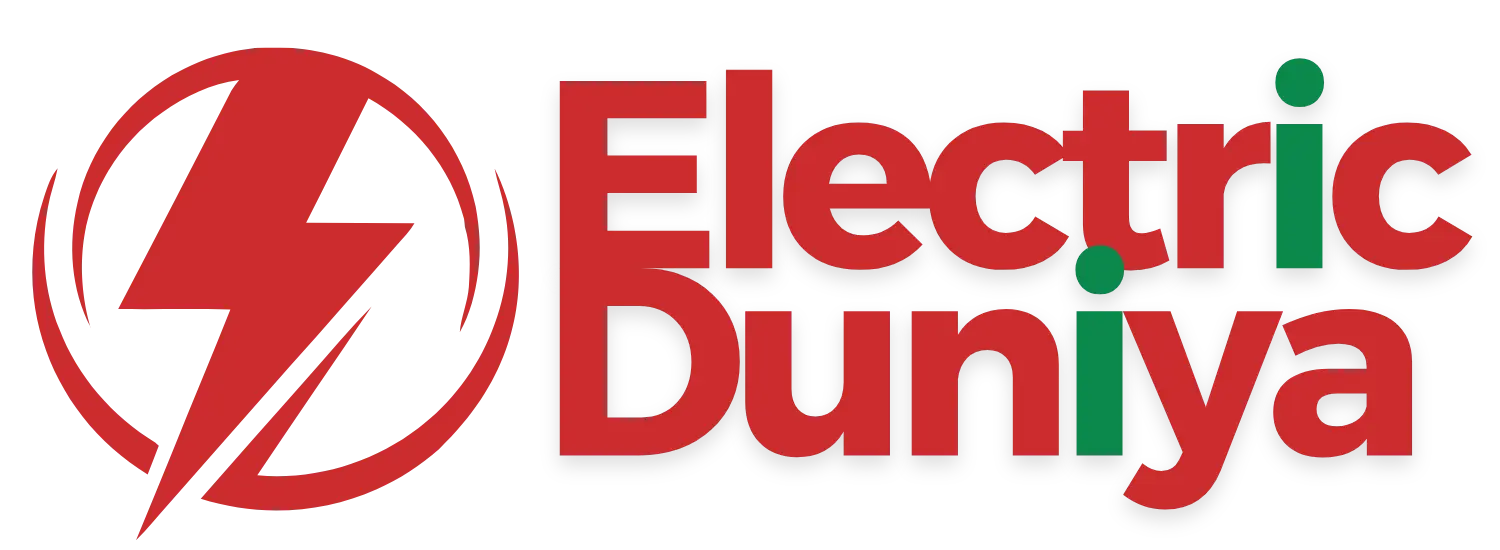Fleet Electrification
Fleet electrification refers to the strategic transition of a company’s or government agency’s fleet of internal combustion engine (ICE) vehicles to electric vehicles (EVs). This shift is aimed at reducing emissions, lowering fuel and maintenance costs, and aligning with sustainability and efficiency goals.
Overview
Fleet electrification is a pivotal trend in the transportation and logistics sectors, particularly as climate regulations tighten and operational cost pressures rise. It involves replacing conventional fuel-powered fleet vehicles—such as delivery vans, buses, passenger vehicles, and utility trucks—with battery-electric alternatives.
The movement is gaining traction globally, fueled by advancements in EV technology, dropping battery costs, and supportive policies like zero-emission mandates and green procurement requirements. Electrifying fleets not only contributes to corporate sustainability efforts but also improves air quality, reduces noise pollution, and enhances brand image.
From corporate mobility programs and public transit agencies to logistics operators and municipal service providers, organizations are reimagining transportation through the lens of electrification. The transition is not merely about vehicle replacement; it also requires infrastructure planning, data analytics, and change management to be successful.
How Does It Work?
Fleet electrification is a multi-phase, data-driven process that involves assessing operational needs and integrating electric vehicles into an organization’s daily transport routines. Here’s how it typically unfolds:
-
Fleet Assessment
Organizations analyze existing vehicle usage patterns, including mileage, routes, dwell times, load profiles, and fuel consumption. This data helps identify which ICE vehicles can be replaced with EVs without compromising performance.
-
EV Selection and Procurement
Fleet managers choose suitable EV models based on range requirements, cargo capacity, charging compatibility, and total cost of ownership. Vehicles may include light-duty sedans, heavy-duty trucks, or electric buses.
-
Charging Infrastructure Deployment
Charging solutions (Level 2 or DC fast chargers) are installed at depots, offices, or public locations. Smart charging systems may be integrated to balance grid demand and avoid peak energy costs.
-
Software Integration and Monitoring
Fleet telematics and energy management software are used to monitor charging status, track vehicle performance, schedule maintenance, and optimize route planning.
-
Training and Transition Support
Drivers, maintenance teams, and operations staff are trained in EV handling, charging procedures, and emergency protocols. Organizational change management ensures smooth adoption.
Electrification may also include vehicle-to-grid (V2G) capabilities, allowing EVs to feed stored energy back into the grid during peak demand periods—adding resilience and revenue potential.
Features of Fleet Electrification
-
Lower Total Cost of Ownership (TCO)
Although EVs may have higher upfront purchase prices, their lower fuel and maintenance costs often result in favorable long-term economics. Fewer moving parts, no oil changes, and regenerative braking lead to reduced servicing needs.
-
Sustainability and Regulatory Compliance
Electrifying fleets helps organizations meet greenhouse gas (GHG) reduction targets, comply with low-emission zone (LEZ) mandates, and participate in green incentives or carbon credit markets.
-
Operational Efficiency and Data-Driven Insights
EV fleet management platforms provide real-time data on vehicle usage, charging patterns, battery health, and route optimization. These insights enable predictive maintenance, energy savings, and performance tuning.
Applications in EV
Fleet electrification is being implemented across various sectors with tangible results:
-
Urban Delivery Services: Companies like Amazon, FedEx, and UPS are rolling out electric vans (e.g., Rivian, BrightDrop, Arrival) to meet last-mile delivery demands while cutting urban emissions.
-
Public Transit: Transit agencies worldwide, including Transport for London and Los Angeles Metro, are replacing diesel buses with electric counterparts like the Proterra Catalyst and BYD eBus to reduce air and noise pollution.
-
Corporate and Rental Fleets: Enterprises are transitioning to EVs for employee transportation or car-sharing programs, leveraging models like the Tesla Model 3 or Nissan Leaf for low-cost, low-emission commuting.
-
Municipal and Utility Fleets: Cities are converting service vehicles—such as garbage trucks, utility vans, and police cars—to EVs to comply with public sustainability commitments and reduce operating expenses.
Conclusion
Fleet electrification stands at the intersection of environmental responsibility and operational efficiency. It enables organizations to lower emissions, reduce total cost of ownership, and future-proof their transport strategies. More than just a vehicle swap, it’s a systems-level transformation involving infrastructure, data, and cultural adaptation. As battery performance improves, charging networks expand, and regulatory pressure increases, fleet electrification will continue to gain momentum—becoming a cornerstone of global efforts to decarbonize transportation and accelerate the transition to a sustainable, electric future.

